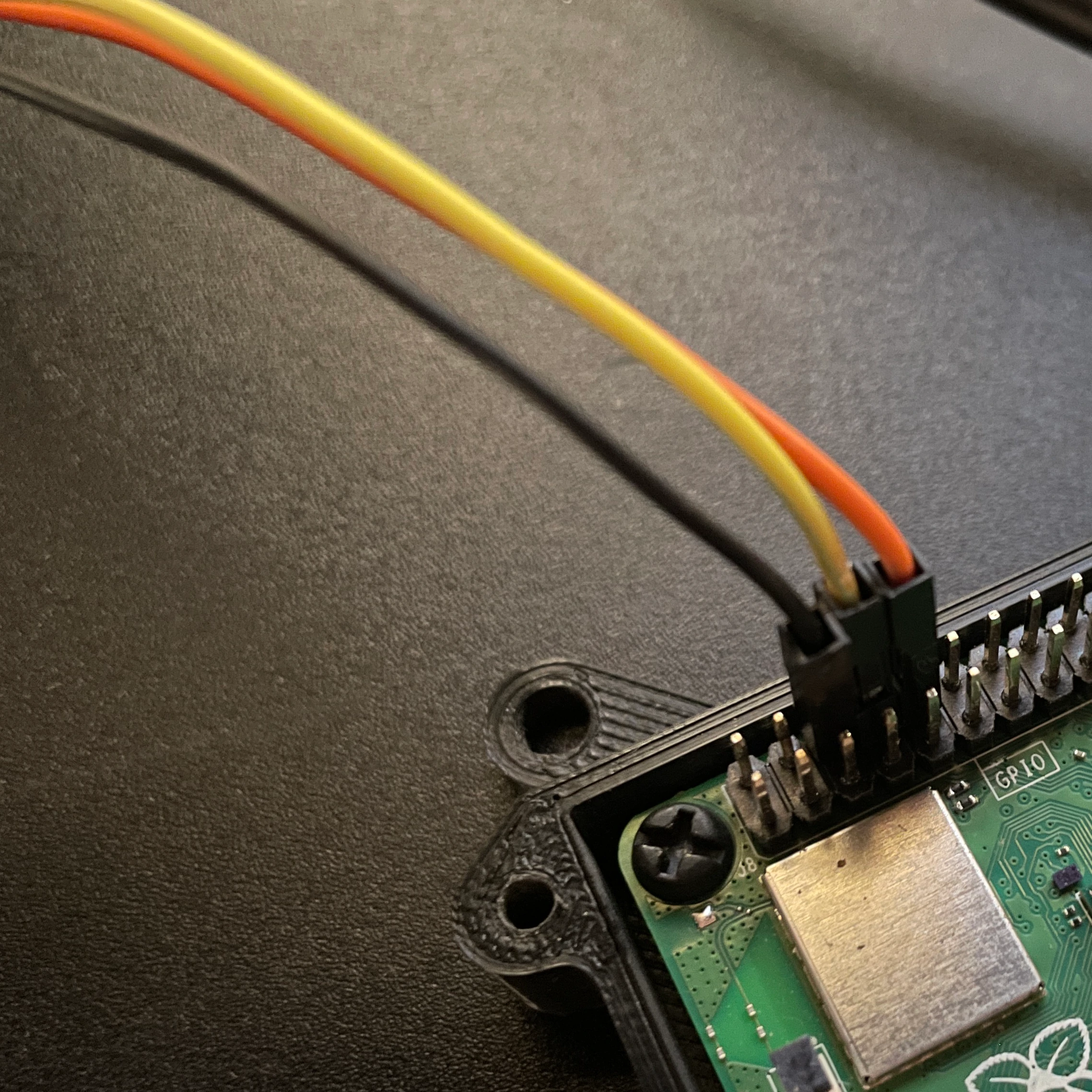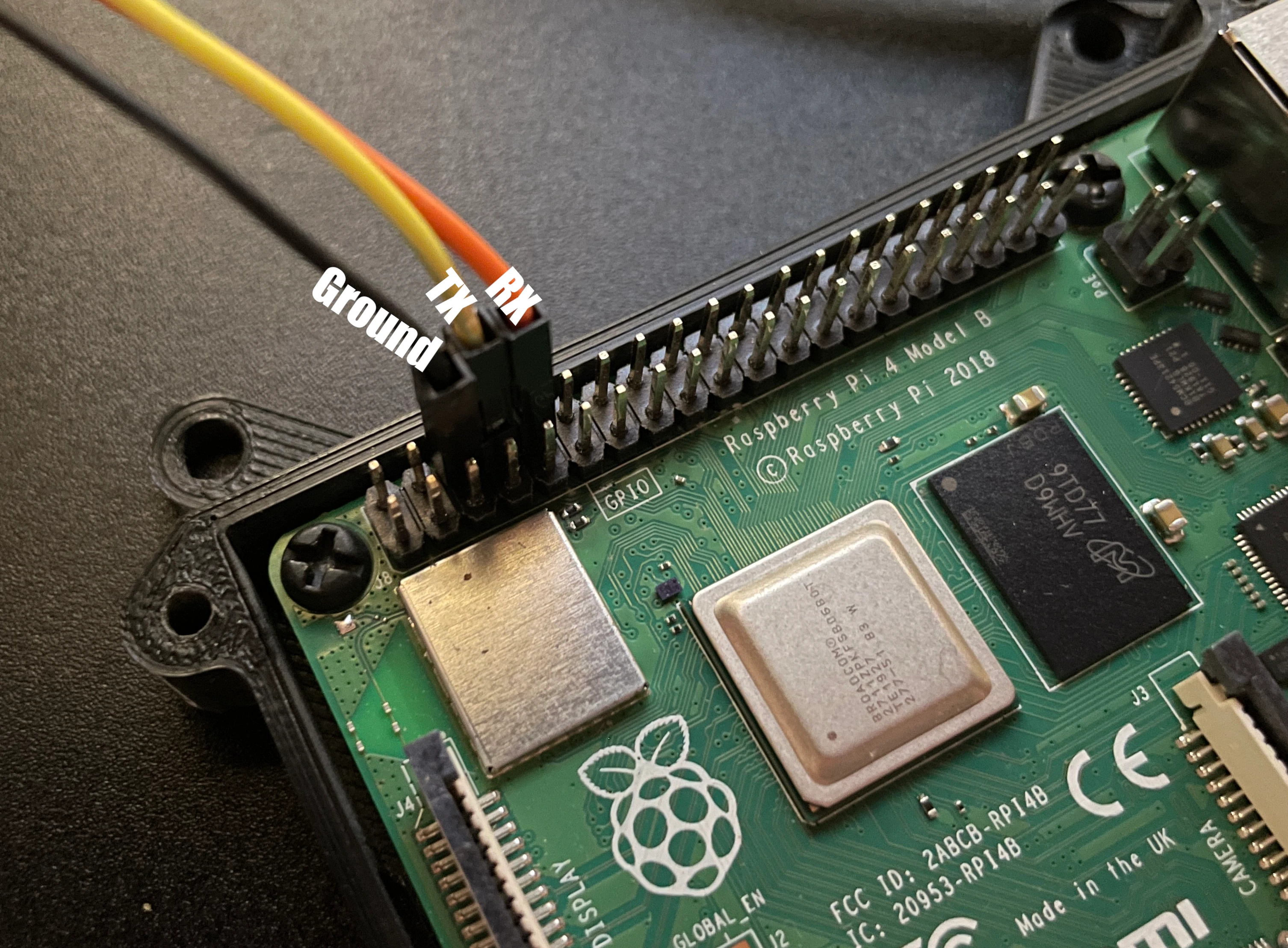Access Raspberry Pi Remotely Via VPN: The Ultimate Guide For Tech Enthusiasts
Listen up, tech wizards! If you're reading this, chances are you've been wondering how to access your Raspberry Pi remotely using a VPN. Let's face it—having remote access to your Pi is like giving yourself superhero powers. Whether you're managing a home server, running a media center, or just tinkering with your latest project, this guide is your golden ticket to doing it all securely and efficiently.
Let's dive into the world of remote access and explore why setting up a Raspberry Pi with a VPN is a game-changer. If you're tired of being tied down to your home network or worried about security risks, we've got your back. This guide will walk you through everything you need to know, step by step, so even if you're a newbie, you'll be good to go in no time.
Now, before we jump into the nitty-gritty, let's set the stage. Accessing your Raspberry Pi remotely via a VPN isn't just about convenience—it's about peace of mind. With cyber threats lurking around every corner, securing your connection is more important than ever. Stick around, and we'll make sure your Pi stays safe and accessible from anywhere in the world.
- Aditi Mystri Video The Rising Star In The Digital Age
- Filmy Fly2025 Your Ultimate Guide To The Latest Buzz In Aviation
Why Access Raspberry Pi Remotely via VPN?
Imagine this: You're chilling at a café, sipping your favorite latte, and suddenly you realize you need to check something on your Raspberry Pi back home. Without a VPN, you'd have to rely on public Wi-Fi or expose your Pi to the internet, which is like leaving your front door wide open. A VPN gives you the freedom to connect securely, no matter where you are.
Here's the deal: When you access your Raspberry Pi remotely without a VPN, you're exposing yourself to potential hackers and snoopers. A VPN encrypts your connection, making it nearly impossible for anyone to intercept your data. Plus, it allows you to bypass geographical restrictions, so you can access your Pi from anywhere in the world like a boss.
But wait, there's more! Using a VPN also helps you maintain privacy. If you're running sensitive applications on your Pi, like a personal cloud or media server, a VPN ensures that your activities remain confidential. Sounds good, right? Let's move on to the next step.
- Aditi Misty Live Videos The Ultimate Guide To Her Journey Talent And Viral Moments
- Aditi Mystery Sex Videos Unveiling The Truth Behind The Controversy
Understanding the Basics of Raspberry Pi and VPN
Before we get our hands dirty, let's break down the basics. Your Raspberry Pi is essentially a tiny computer that can run a variety of applications. It's super versatile and perfect for DIY projects, home automation, and more. Now, when you want to access it remotely, you need a secure way to connect—and that's where a VPN comes in.
A Virtual Private Network (VPN) creates a secure tunnel between your device and your Raspberry Pi. It encrypts your data and hides your IP address, making it nearly impossible for anyone to spy on your activities. Think of it as a digital fortress that protects your Pi from prying eyes.
Here's a quick rundown of what you'll need:
- A Raspberry Pi (duh!)
- An active internet connection
- A VPN service or software
- A little bit of patience and a can-do attitude
Types of VPNs for Raspberry Pi
Not all VPNs are created equal, especially when it comes to Raspberry Pi. Some are better suited for beginners, while others offer advanced features for power users. Let's take a look at the most popular options:
OpenVPN: OpenVPN is a widely used open-source solution that's both secure and customizable. It's a great choice if you're comfortable with configuring settings manually.
WireGuard: WireGuard is a newer, lightweight alternative that's gaining popularity for its simplicity and speed. If you're looking for a quick setup, this might be the way to go.
Commercial VPN Services: If you'd rather not deal with the hassle of setting up your own VPN, there are plenty of commercial services that offer Raspberry Pi support. Some popular options include NordVPN, ExpressVPN, and ProtonVPN.
Setting Up Your Raspberry Pi for Remote Access
Now that you understand the basics, it's time to get your Pi ready for remote access. This step is crucial, so pay attention! First, make sure your Raspberry Pi is up and running with the latest version of Raspberry Pi OS. You'll also want to enable SSH (Secure Shell) to allow remote connections.
Here's how you do it:
- Open the Raspberry Pi Configuration tool by typing
sudo raspi-configin the terminal. - Navigate to "Interfacing Options" and select "SSH."
- Choose "Yes" to enable SSH and then exit the configuration tool.
Pro tip: If you're using a headless setup (no monitor or keyboard), you can enable SSH by creating an empty file named "ssh" on the boot partition of your SD card. Easy peasy!
Securing Your Pi with a Strong Password
Before you dive into the world of remote access, let's talk about security. Using the default "pi" username and "raspberry" password is a big no-no. Change your password immediately to something strong and unique. Here's how:
- Open the terminal on your Raspberry Pi.
- Type
sudo passwd piand hit Enter. - Enter your new password when prompted.
Remember, a strong password should include a mix of uppercase and lowercase letters, numbers, and symbols. Avoid using easily guessable information like your name or birthdate.
Installing a VPN on Your Raspberry Pi
Alright, tech gurus, let's get to the fun part—installing a VPN on your Raspberry Pi. The process may vary depending on the VPN you choose, but we'll cover the most common methods. For this example, we'll use OpenVPN, but you can adapt the steps for other services.
Step 1: Update Your Pi
Always start by updating your system to ensure you have the latest packages. Open the terminal and type:
sudo apt update && sudo apt upgrade -yStep 2: Install OpenVPN
Next, install OpenVPN by running:
sudo apt install openvpn -yStep 3: Download Your Configuration Files
If you're using a commercial VPN service, download the configuration files from their website. Place them in the /etc/openvpn directory:
sudo cp /path/to/configs/* /etc/openvpn/Step 4: Start the VPN Service
Finally, start the OpenVPN service and enable it to run at boot:
sudo systemctl start openvpn && sudo systemctl enable openvpnTroubleshooting Common Issues
Let's face it—things don't always go according to plan. If you run into issues while setting up your VPN, here are a few troubleshooting tips:
- Check your internet connection to ensure it's stable.
- Verify that your configuration files are correct and properly placed.
- Look for error messages in the terminal and search for solutions online.
Accessing Your Raspberry Pi Remotely
With your VPN up and running, it's time to connect to your Raspberry Pi from anywhere in the world. There are several methods you can use, depending on your preference:
SSH (Secure Shell): SSH is the most common method for accessing your Pi remotely. Use a terminal or an SSH client like PuTTY to connect using your Pi's IP address.
VNC (Virtual Network Computing): If you need a graphical interface, VNC is the way to go. It allows you to control your Pi as if you were sitting right in front of it.
Web-Based Access: Some applications, like Nextcloud or Plex, offer web-based interfaces that you can access through a browser. Just make sure your Pi is properly configured and secured.
Using SSH for Secure Connections
SSH is a powerful tool that lets you access your Raspberry Pi's terminal remotely. Here's how you do it:
- Find your Pi's local IP address by typing
hostname -Iin the terminal. - On your remote device, open an SSH client and enter the command
ssh pi@your-pi-ip. - Enter your password when prompted, and you're in!
Enhancing Security with Two-Factor Authentication
Security should always be a top priority, especially when dealing with remote access. One way to boost your security is by enabling two-factor authentication (2FA). This adds an extra layer of protection by requiring a second form of verification in addition to your password.
Here's how you can set it up:
- Install Google Authenticator by running
sudo apt install libpam-google-authenticator. - Run
google-authenticatorand follow the prompts to configure it. - Update your SSH configuration to enable 2FA by editing the
/etc/pam.d/sshdfile.
Now, every time you log in via SSH, you'll be prompted for a one-time code in addition to your password. Pretty cool, right?
Monitoring Your Pi's Activity
Keeping an eye on your Pi's activity is essential for maintaining security. You can use tools like Fail2Ban to monitor failed login attempts and block suspicious IP addresses. Here's how:
- Install Fail2Ban by running
sudo apt install fail2ban. - Configure it by editing the
/etc/fail2ban/jail.localfile. - Start the service with
sudo systemctl start fail2ban.
Best Practices for Remote Access
Now that you know how to access your Raspberry Pi remotely via a VPN, let's talk about best practices to keep everything running smoothly:
- Regularly update your Pi's software to patch security vulnerabilities.
- Use a strong, unique password and enable two-factor authentication.
- Limit SSH access to specific IP addresses if possible.
- Monitor your Pi's activity for any suspicious behavior.
Backing Up Your Pi
Backing up your Raspberry Pi is crucial in case something goes wrong. You can use tools like rsync or DD to create a backup image of your SD card. This way, you can restore your Pi to its previous state if needed.
Conclusion
And there you have it, folks! Accessing your Raspberry Pi remotely via a VPN is not only possible but also incredibly rewarding. By following the steps outlined in this guide, you can enjoy secure and hassle-free remote access to your Pi from anywhere in the world.
Remember, security is key. Always keep your Pi's software up to date, use strong passwords, and consider enabling two-factor authentication. With these precautions in place, you can rest easy knowing your data is safe.
So, what are you waiting for? Grab your Raspberry Pi, roll up your sleeves, and start exploring the world of remote access. Don't forget to leave a comment or share this article if you found it helpful. Happy tinkering, tech wizards!
Table of Contents
- Why Access Raspberry Pi Remotely via VPN?
- Understanding the Basics of Raspberry Pi and VPN
- Setting Up Your Raspberry Pi for Remote Access
- Installing a VPN on Your Raspberry Pi
- Accessing Your Raspberry Pi Remotely
- Enhancing Security with Two-Factor Authentication
- Best Practices for Remote Access
- Conclusion



Detail Author:
- Name : Dillan Swift
- Username : zrunolfsson
- Email : destiny.smitham@torphy.info
- Birthdate : 2001-03-13
- Address : 849 Fay Isle Apt. 480 Tommieport, IL 69806-7745
- Phone : (330) 772-8315
- Company : Harris Inc
- Job : State
- Bio : Rerum quam eius aut in commodi voluptatem provident aut. Exercitationem fugiat omnis odit corrupti suscipit dolores. Deserunt ipsam laboriosam ducimus nostrum exercitationem sit.
Socials
instagram:
- url : https://instagram.com/reinger2016
- username : reinger2016
- bio : Velit sed culpa in quia omnis modi nostrum. Id enim porro ab. Laborum aut rerum provident in et at.
- followers : 3438
- following : 61
facebook:
- url : https://facebook.com/ezekiel_id
- username : ezekiel_id
- bio : Voluptatem cupiditate harum labore in. Sint tempore assumenda sapiente dolorem.
- followers : 6598
- following : 31